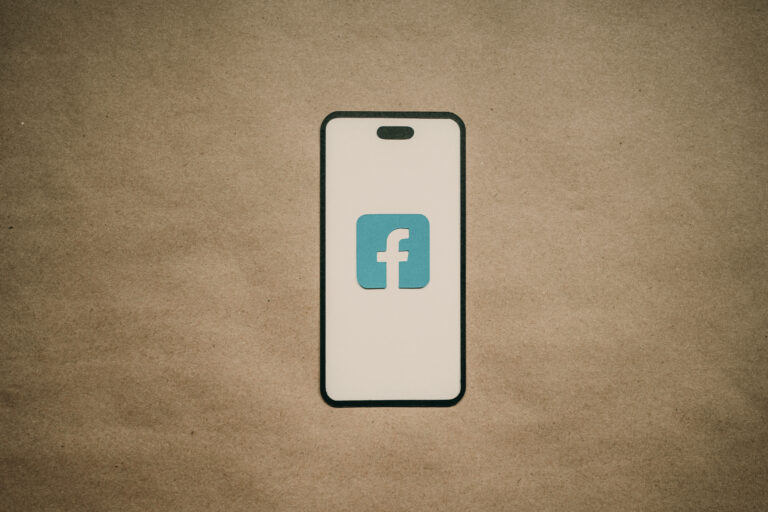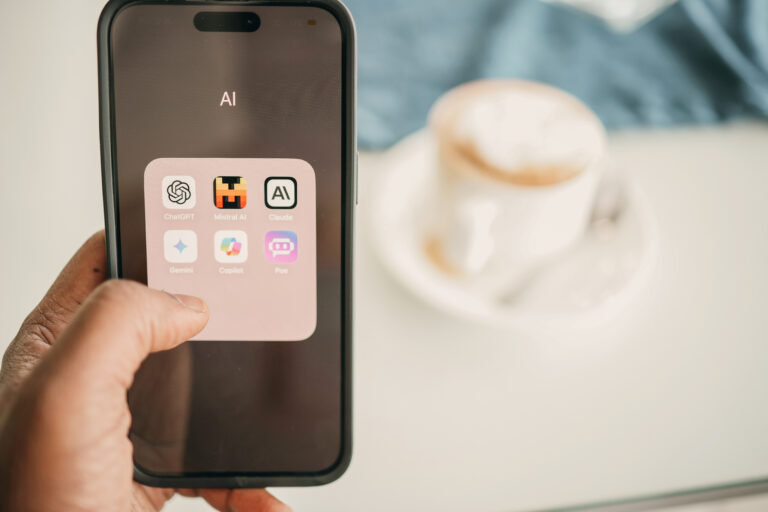As technology continues to evolve, brands are looking for innovative ways to connect with their audiences. Augmented reality (AR) and virtual reality (VR) are transforming the marketing landscape by creating immersive experiences that engage consumers in a whole new way. These technologies bridge the gap between the digital and physical worlds, allowing brands to offer interactive and memorable experiences. Here’s how brands can use AR/VR to enhance their marketing strategies and strengthen their branding.
1. Virtual Try-Ons and Product Previews
One of the biggest advantages of AR is its ability to let consumers “try before they buy.” Beauty brands like Sephora and fashion retailers like Warby Parker have introduced AR-powered virtual try-ons, enabling customers to see how makeup, glasses, or clothing will look on them before purchasing. This interactive shopping experience not only boosts engagement but also reduces returns by allowing customers to make more informed choices.
2. Immersive Brand Storytelling
VR takes storytelling to the next level by fully immersing consumers in a brand’s world. Companies can create virtual experiences that transport users to different locations, whether it’s a behind-the-scenes look at their production process, a VR brand documentary, or an interactive campaign. For example, travel brands can use VR to give customers a “preview” of destinations, making them feel as if they are already there, sparking excitement and motivation to book a trip.
3. Interactive Advertising and Gamification
AR and VR provide opportunities for brands to create engaging, interactive advertisements that go beyond traditional banner ads. AR-powered filters and gamified experiences—like scavenger hunts or interactive billboards—can encourage customers to interact with a brand in a fun and memorable way. Brands like Pepsi and Burger King have used AR in their ads to surprise and delight customers, leading to higher engagement rates.
4. Virtual Showrooms and Events
As remote experiences become more popular, brands can use VR to host virtual showrooms, product launches, and even live events. Car brands like Audi and Tesla have introduced VR showrooms where customers can explore vehicles in 3D without visiting a dealership. Fashion brands have also started hosting VR fashion shows, allowing global audiences to experience new collections from anywhere in the world.
5. Enhancing Customer Engagement
By integrating AR/VR into their branding, companies create unique and unforgettable experiences that drive customer loyalty. Whether it’s an AR-powered loyalty program or an immersive VR brand world, these technologies encourage deeper emotional connections with consumers.
Brands that embrace AR and VR are setting themselves apart in an increasingly competitive digital landscape. By creating interactive, engaging, and immersive experiences, companies can capture attention, build stronger relationships with their audiences, and leave a lasting impression that goes beyond traditional marketing.






